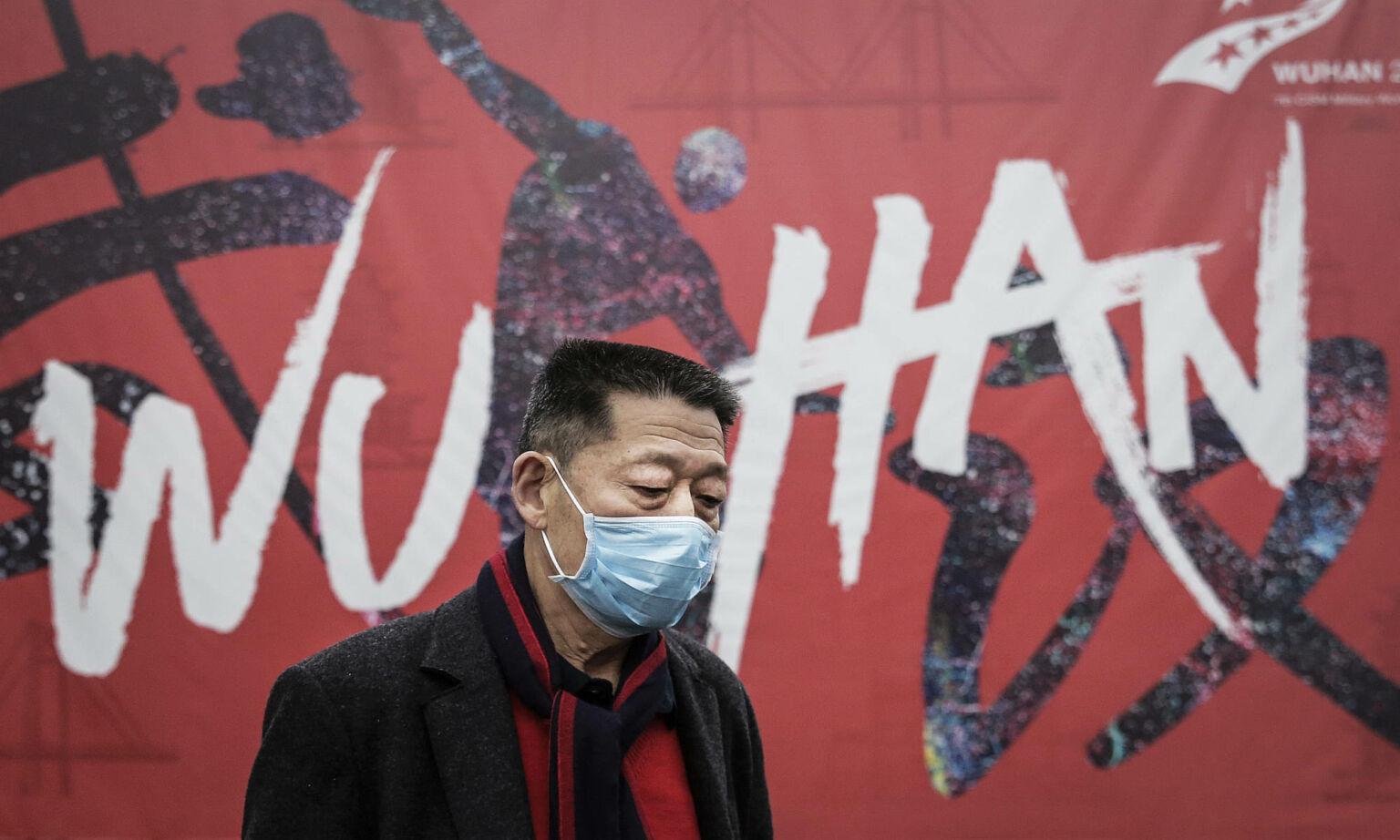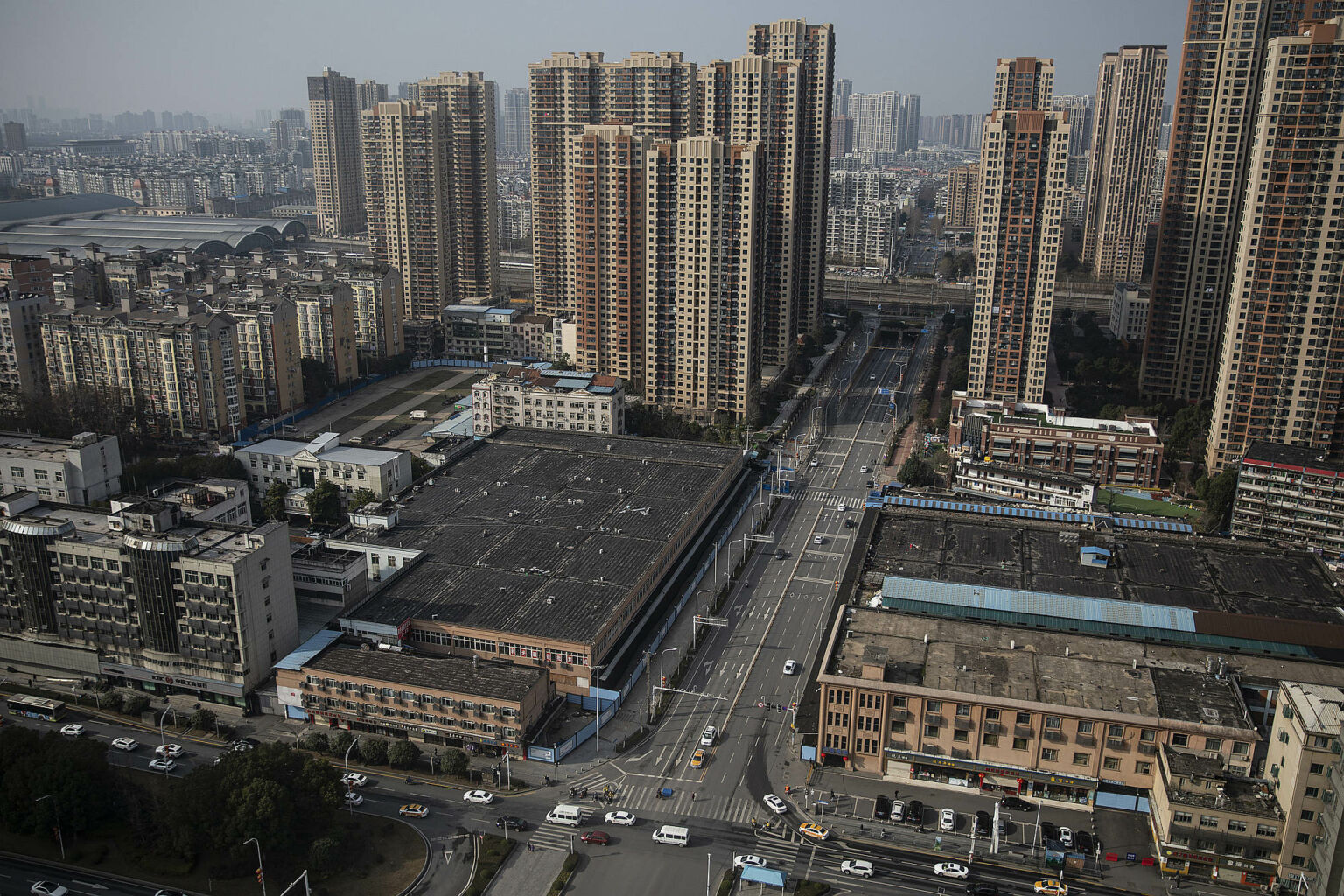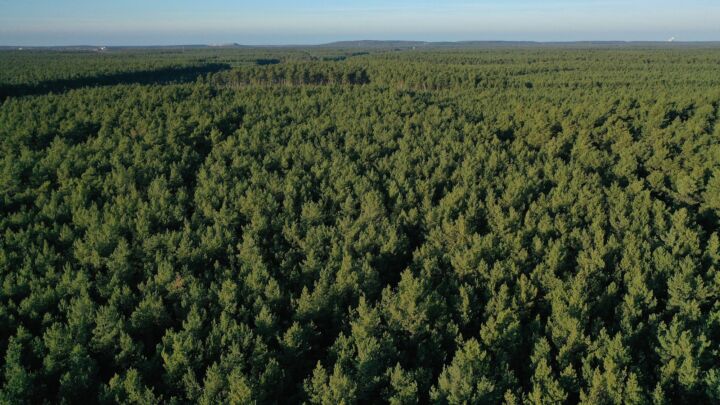
Long-read
The case for the lab-leak theory
Why of all the cities in the world did Covid first emerge in Wuhan?
I have covered genomic research for years and written several books on the topic. I have a reputation as a strong supporter of biotechnology. But I had not realised just how risky some of the experiments being done on viruses have become in recent years, let alone that they are happening in the centre of a large city.
In recent years in the city of Wuhan, in China, scientists were combining the genomes of coronaviruses taken from bats and making chimera (hybrid viruses) that grew up to 10,000 times more quickly than their parent viruses and were more than three times as lethal to ‘humanised’ mice. Whether similar experiments resulted in the Covid-19 pandemic is still unknown, but they could have done.
In researching our book Viral, updated and newly released in paperback, on the origin of Covid-19, the scientist Alina Chan and I concluded that it is highly likely the outbreak began in Wuhan. The earliest Covid cases in other parts of China, and other countries, link straight back to this modern and prosperous city on the banks of the Yangtze. For instance, a case in Beijing who fell ill as early as 17 December 2019 turns out to have travelled that day from Wuhan.
There is no longer much doubt that the first cases in Wuhan were in November or possibly October 2019. This fits with a leaked Chinese government document in 2020, which said an early case had been retrospectively identified on 17 November. Yet official Chinese sources still say the first known case was in December.
Nor is there much doubt that the virus came originally from a horseshoe bat living a long way south of Wuhan. The closest relatives of SARS-CoV-2 in the wild were found in horseshoe bats in a mineshaft in Yunnan, in a limestone cave in Laos and in a cave in Mengla county on the Yunnan-Laos border. The central question is, and always has been, who or what brought a bat virus more than a thousand miles north in the autumn of 2019 to the middle of a modern city?
This is where a paper that came out in the last month is unintentionally revealing. Written by nine scientists affiliated with the Chinese Academy of Sciences in Beijing, it spends several paragraphs lambasting a group of American scientists for ‘obfuscating the epidemic outbreak place… and the origin (ie, spillover) place’ and for ‘overstating conclusions based on limited data and unrealistic simulations’.
The objects of their ire are not the people who speculate that the virus might have come from a lab, but those who say it got to Wuhan through the wildlife trade and point to a concentration of early human cases in the Huanan seafood market in Wuhan. This is nonsense, say the Beijing scientists: no animals for sale in the market tested positive. The lab-leak theory they dismiss even more cursorily: ‘The debate on natural and laboratory-leak origin has just subsided (though conspiracy theories continue to distract attention from scientific evidence).’
So if it did not come from a lab and did not come from the market, how did the virus get to Wuhan? The scientists point the finger firmly at ‘Laos, Thailand, Cambodia and neighbouring countries’, but come up with no evidence on who or what might have brought it to the middle of China before it infected anybody in those other countries. They dare not quite reheat the old, discredited dish they served last year, that the virus reached China on frozen fish from abroad. (Think about it: why fish? Why was no one infected at the start of the journey or along the way? Why only Wuhan?)
In effect, the new paper reveals that the Chinese government (which approves all publications on the topic of Covid’s origins within China) is in a dilemma. It cannot concede that the virus started in its legal or illegal wildlife trade without huge embarrassment to the Xi Jinping regime, which has encouraged the first and tried to eliminate the second. But nor can it admit that the virus escaped from one of its labs without even greater humiliation. Yet it still cannot think of a remotely plausible alternative.

In researching Viral, we found that the most useful information mainly came not from official sources or intelligence agencies, nor from professional scientists and not from investigative journalists, either. It came from a handful of determined ‘internet detectives’, who dug into obscure data and found things the official sources preferred we did not know.
It was ‘The Seeker’ (Jeet Ray) in India who found a series of medical and biological theses, which revealed that scientists from Wuhan had travelled more than a thousand miles to investigate a suspected outbreak of a SARS-like virus in an abandoned mineshaft in Mojiang county, Yunnan, which killed three people who had been shovelling bat guano and nearly killed three more in 2012. In 2013 the scientists brought back to Wuhan a bat virus closely related to SARS-CoV-2, but Alina and other sleuths soon found that they sequenced its genome in 2018, not 2020 as they had implied. It was Charles Small, an open-source intelligence analyst, who noticed that the key virus database in Wuhan – created to predict and inform a pandemic response – went offline at 2am on 12 September 2019, and it has not been accessible since.
And it was an anonymous French person called ‘Babar the elephant’ and a Spaniard called Francisco de Asis de Ribera who figured out half way through 2020 that eight other viruses closely related to SARS-CoV-2 had been found by the Wuhan Institute of Virology. The virus samples, whose existence they spotted in a trove of obscure data, had been collected from bats in 2015 in the same Mojiang mine. Somewhat sheepishly, the Wuhan Institute of Virology’s key bat-virus scientist, Shi Zhengli, admitted a few months later that yes, there were eight other viruses and that the institute would publish all their genomes.
We keep coming back to this simple question: why Wuhan? It does not do much wildlife trade with southeast Asia compared with other Chinese cities. It is not in an area where the horseshoe bats carry such SARS-like viruses poised for spillover into people: we know this from extensive surveys of bat viruses in the region of Wuhan done mainly by Jun-hua Tian of the local Centres for Disease Control and Prevention.
But there is one thing that stands out about Wuhan. It is the home of the Wuhan Institute of Virology. This is China’s leading bat SARS-like virus research laboratory. It (and nowhere else in China) is the lab that tracked down the ancestral source of the first SARS epidemic. It led more expeditions to look for bat SARS-like viruses in southern China than any other lab. It sampled that mineshaft in Mojiang county at least seven times after the guano shovelers fell ill and found the then closest relatives of SARS-CoV-2 in bats there. It is where scientists sent samples from bats in Laos, a country where an even closer relative to the pandemic virus was found. It has the largest database of SARS-like viruses in the world by some distance, but has refused to release it, even though doing so at the start of the pandemic would have been the easiest way to exonerate its scientists.

And that is only the start of the coincidences. The Wuhan Institute of Virology (and nowhere else in China) is home to the team that collaborated with American labs to develop techniques for manipulating SARS-like viruses in the laboratory to test their infectivity. It kept live bats in the lab to experiment on. It grew live SARS-like viruses in culture and infected human airway-epithelial cells with them. It developed humanised mice to test viruses on. It was swapping parts of spike genes from newly discovered viruses collected from nature into cultured viruses in the lab.
And then came the most shocking revelation of all. We knew from the start that SARS-CoV-2 is the only SARS-like virus ever found – among hundreds – with a furin-cleavage site in its spike protein: an insertion of 12 letters of genetic code that makes the virus especially infectious, and is therefore the reason we had a pandemic and not just a localised outbreak. But in September 2021 a document was leaked to internet sleuths that showed the Wuhan laboratory was party to plans in 2018 to insert novel furin-cleavage sites into undefined SARS-like viruses in its possession. Yet the institute and its American collaborators had never bothered to tell the world about this plan, and they ignored the furin-cleavage site in their seminal 2020 paper about this virus in the journal Nature.
Alina Chan’s analogy here is apt: imagine scientists describing a newly discovered unicorn, but failing to mention its horn. And then failing to mention that a year and half before a unicorn shows up running down the street in Wuhan, they had drawn up plans to genetically engineer horses with horns on.
In a court of law, a prosecutor would regard all this as a strong case. ‘Of all the gin joints in all the towns in all the world, she walks into mine’, he would probably say, quoting Humphrey Bogart in Casablanca. And then he would start going through the extraordinary litany of unhelpful obstacles that the Chinese government has put in the way of the World Health Organisation and everybody else who tries to get information on the early patients and what happened in the lab. When WHO investigators went to Wuhan in early 2021 they spent just three hours in the institute and visited the wrong lab (with the wrong biosafety level) on the wrong campus (in Jiangxia instead of Wuchang). As far as we know the WHO investigators were not shown the lower biosafety labs where the SARS-like virus work had been conducted.
We don’t say this virus definitely jumped out of a laboratory, but we do say that if there is one city in the world where a laboratory leak of a novel SARS-like virus from bats would be most likely to happen, it would be Wuhan.
Matt Ridley is a journalist and author.
An updated edition of Viral: The Search for the Origin of Covid-19 by Alina Chan and Matt Ridley is published in paperback by Harper Collins this week.
Pictures by: Getty.
To enquire about republishing spiked’s content, a right to reply or to request a correction, please contact the managing editor, Viv Regan.







Comments
Want to join the conversation?
Only spiked supporters and patrons, who donate regularly to us, can comment on our articles.